Get The Necktie Catalog for Free
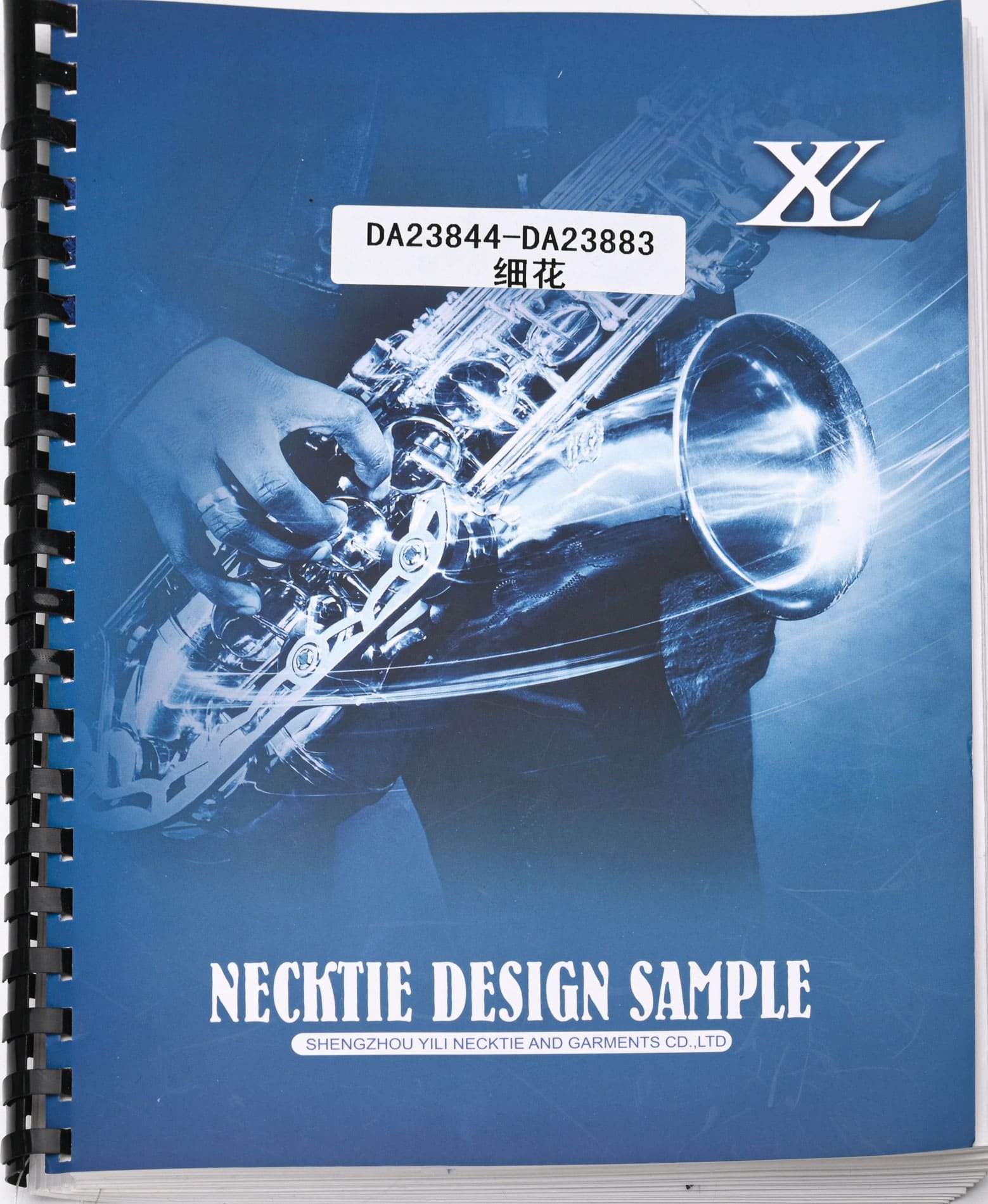
If you want more Necktie designs for reference, leave your email and we will send you more fabric pattern brochures.

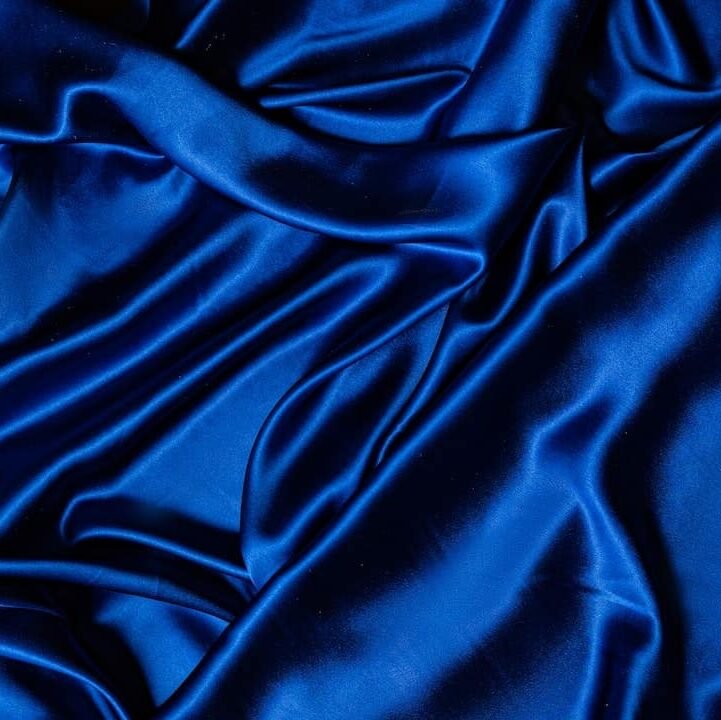
softness, natural sheen, luxury, and eco-friendliness
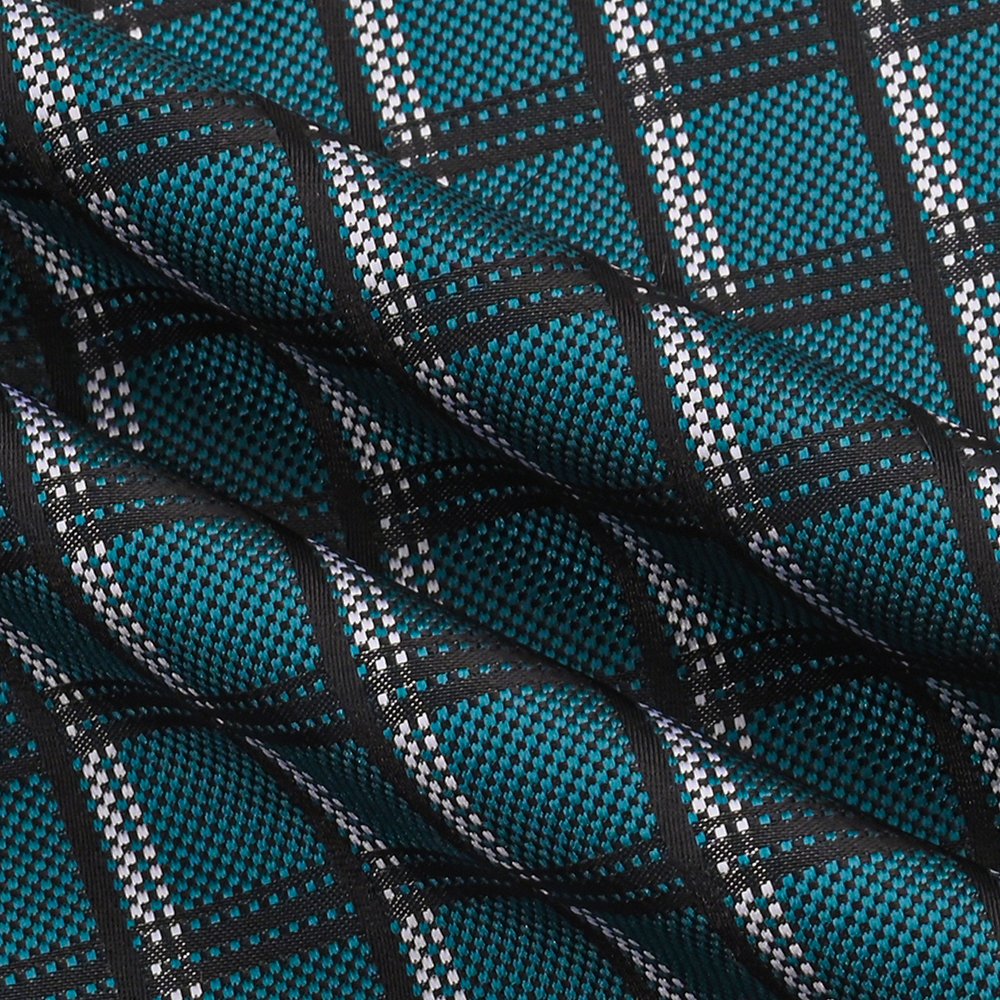
Strong, durable, wrinkle-resistant, easy-care, and widely used
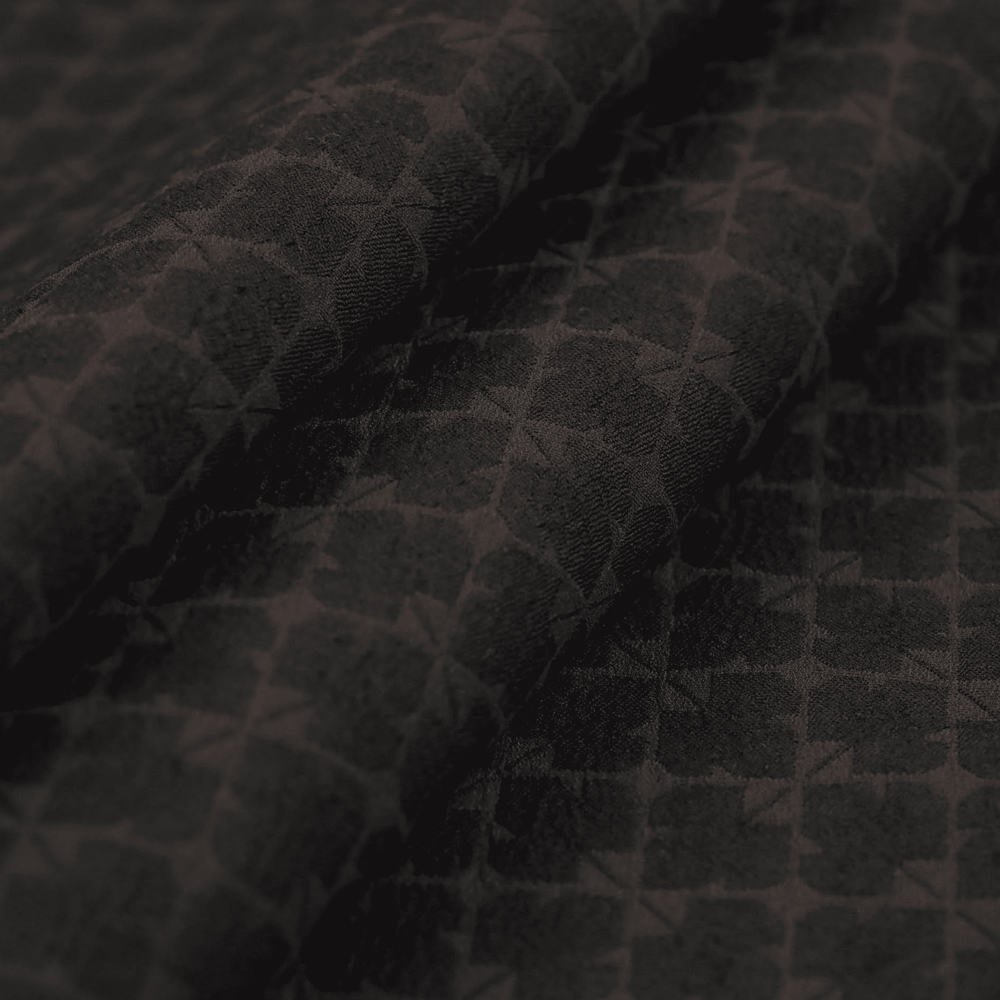
Natural fiber from sheep, prized for warmth, softness, and versatility.
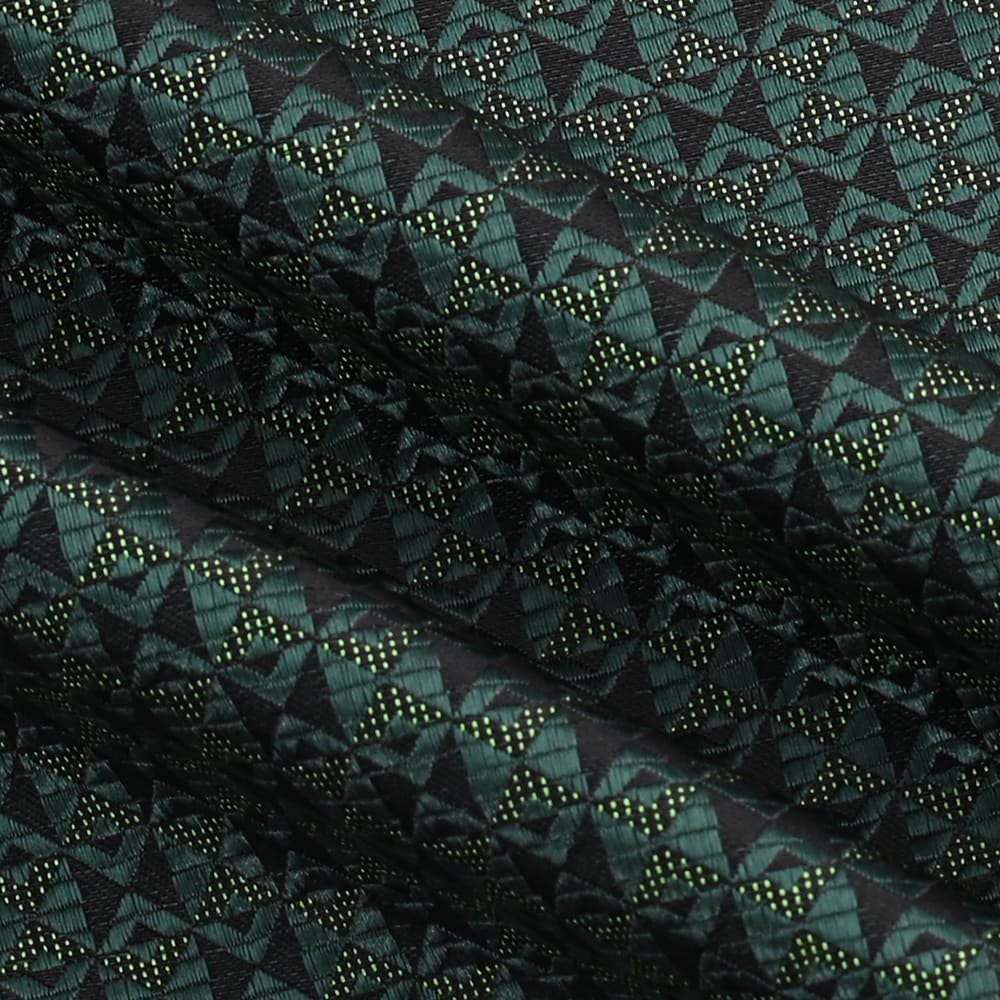
Recycled, eco-friendly fabric made from reclaimed bottles.
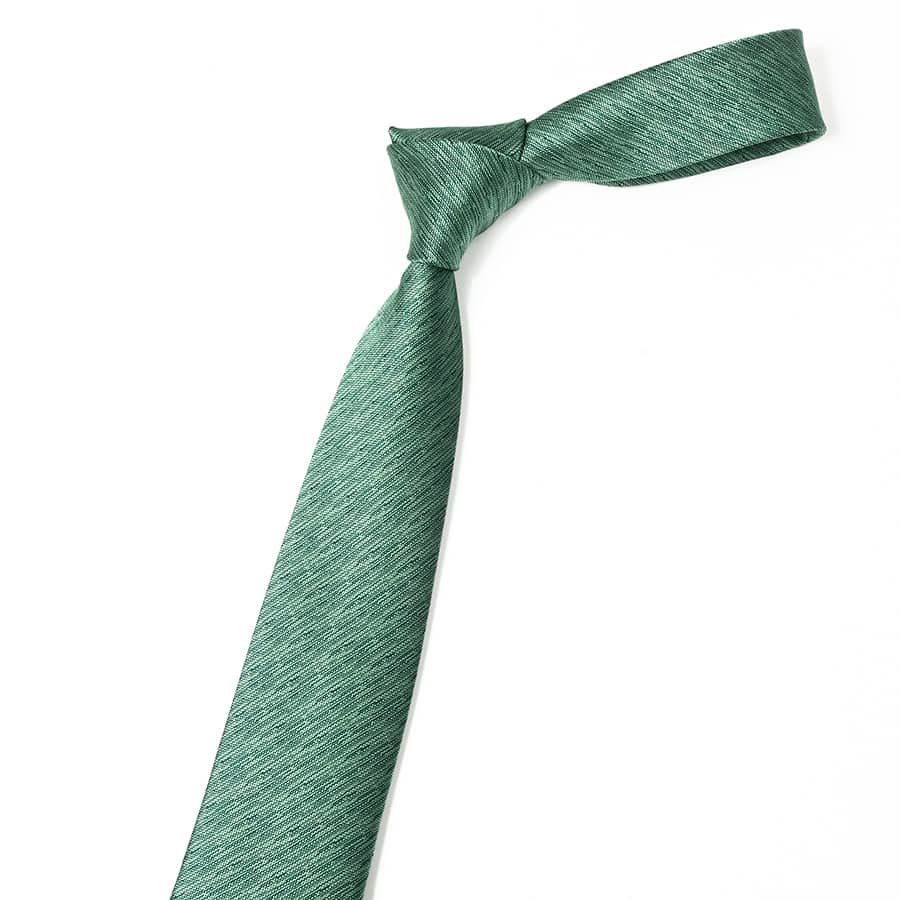
A self-tie necktie embodies the modern design of classic ties, allowing wearers to personalize their style with a traditional, self-tied knot.
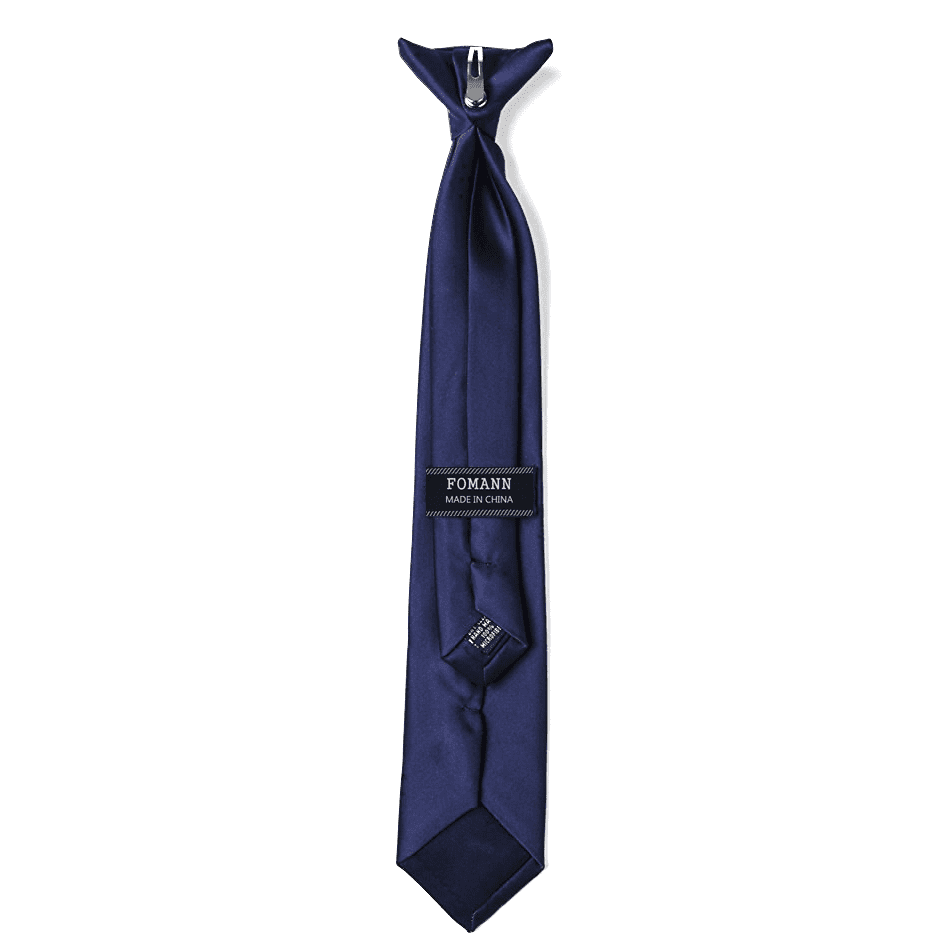
A clip-on necktie offers the convenience of a pre-tied knot with the ease of attachment, making it a hassle-free alternative to traditional ties.
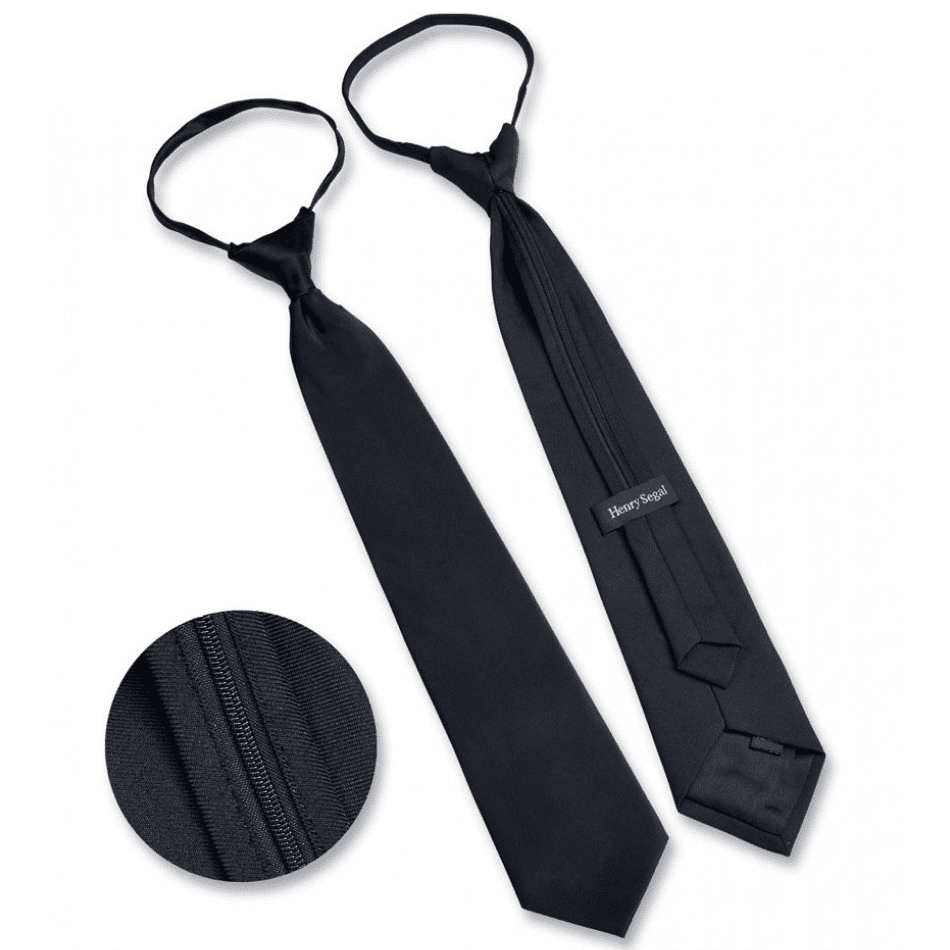
A zipper tie features a zipper mechanism that allows for easy adjustment and wearing, combining of the traditional look and convenience of wearing.
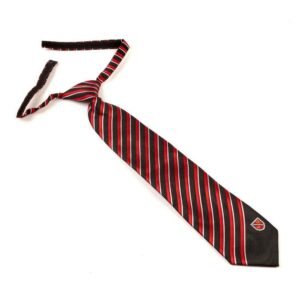
A Velcro necktie uses a Velcro closure to offer a quick and easy way to secure the tie, blending the appearance of a traditional tie.
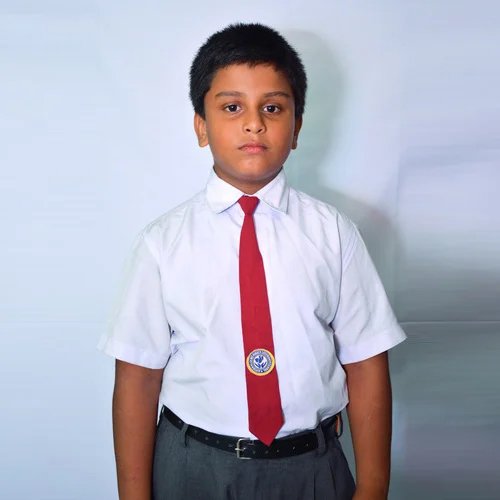


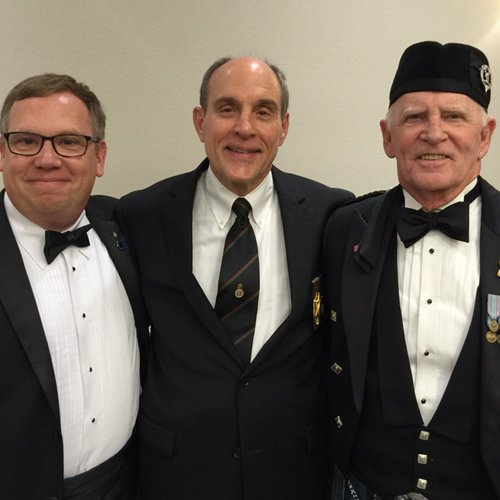

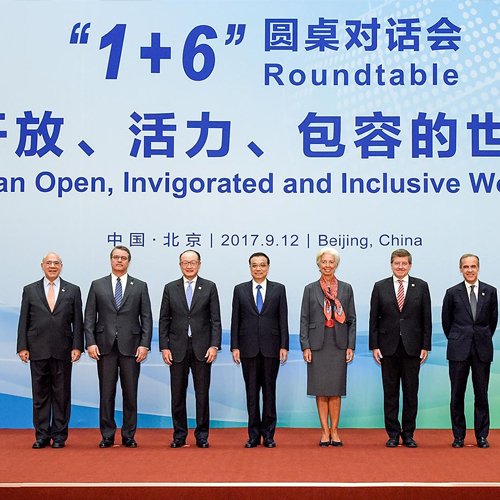
Yellow symbolizes sunshine and happiness, helping to uplift mood and creativity.
Black is versatile and suitable for various occasions and clothing types, offering a slimming effect
Gray is understated yet elegant, easy to pair with other colors, and suitable for various occasions.
Blue can alleviate stress and enhance trust, making it ideal for workwear and uniforms.
Green helps to relax and rejuvenate, making it suitable for casual and sportswear.
Red attracts attention and boosts confidence, perfect for designs that need to stand out.
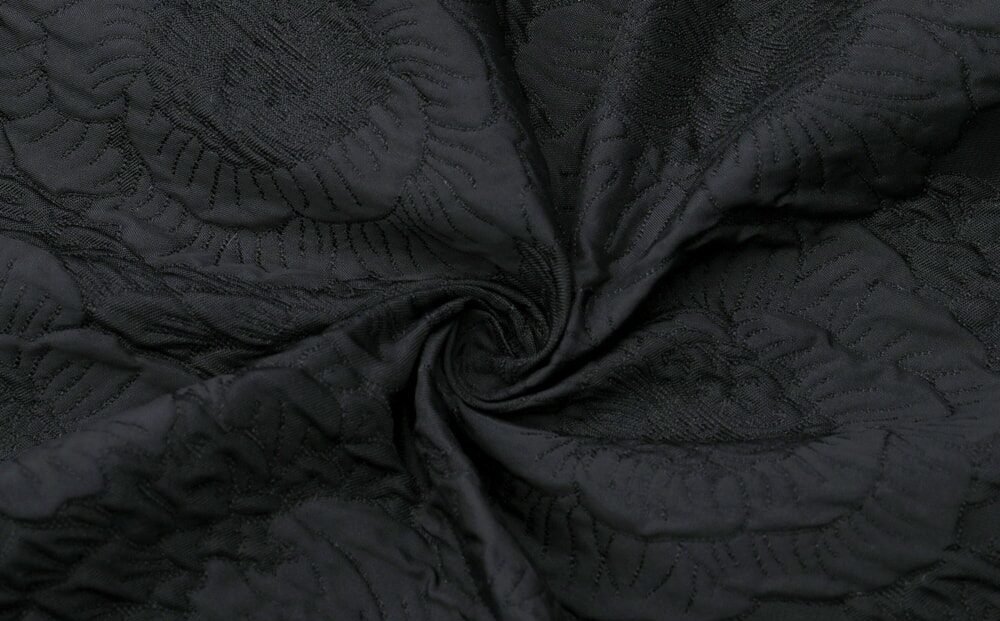
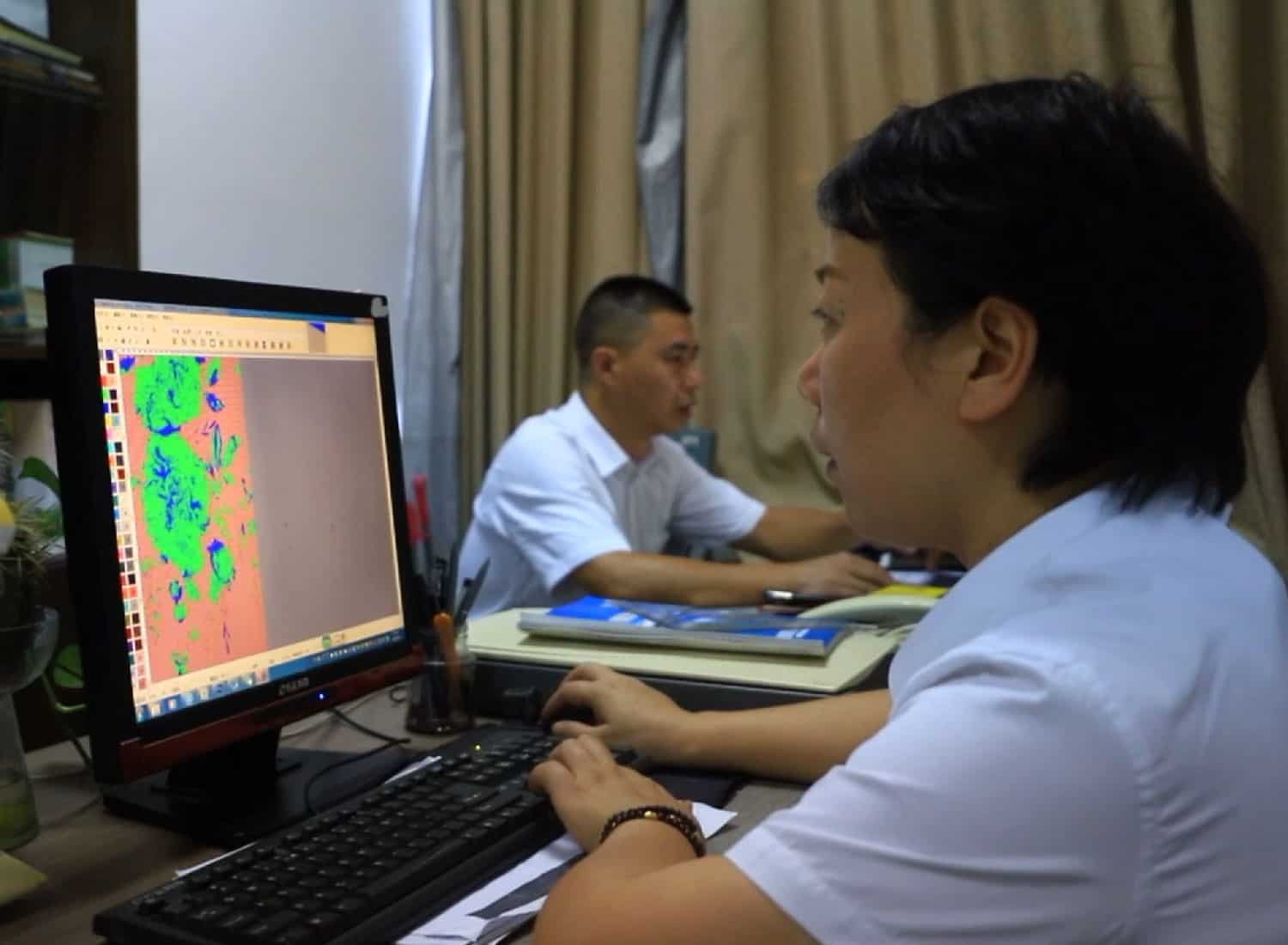
Determine the style and characteristics of the tie fabric.
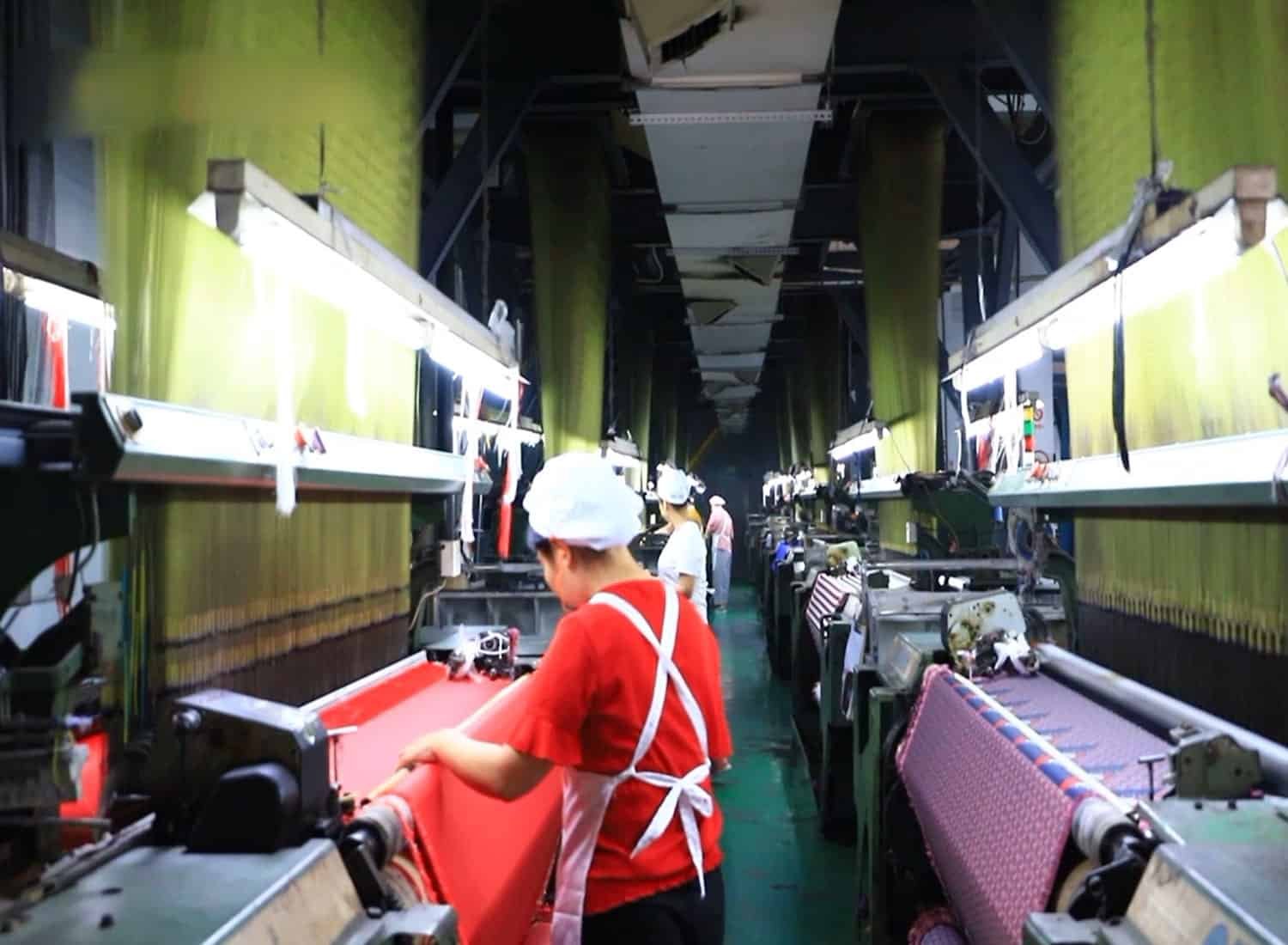
The yarn is woven into the fabric using a computerized Jacquard loom.
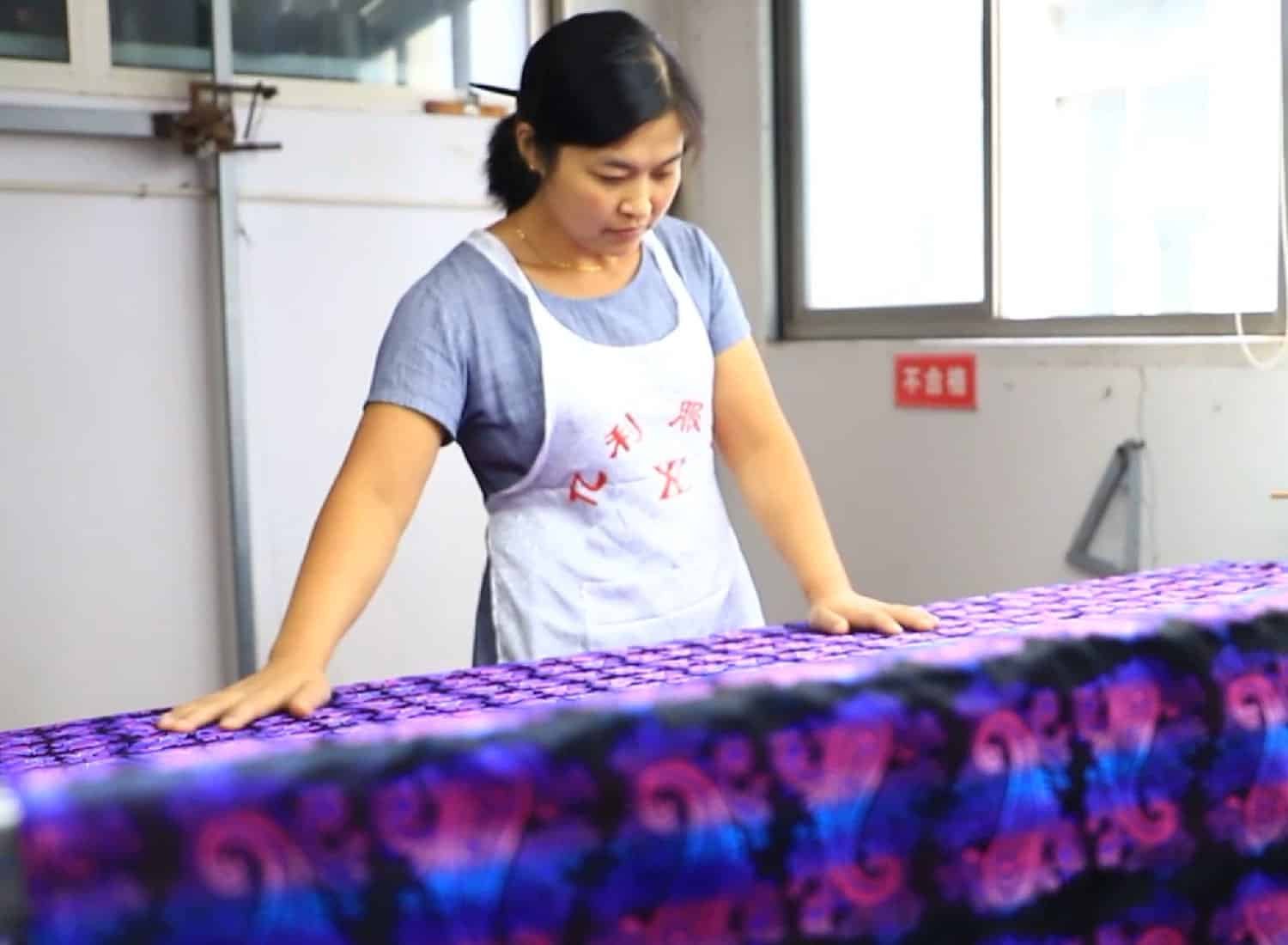
Check the initially woven fabric for flaws.
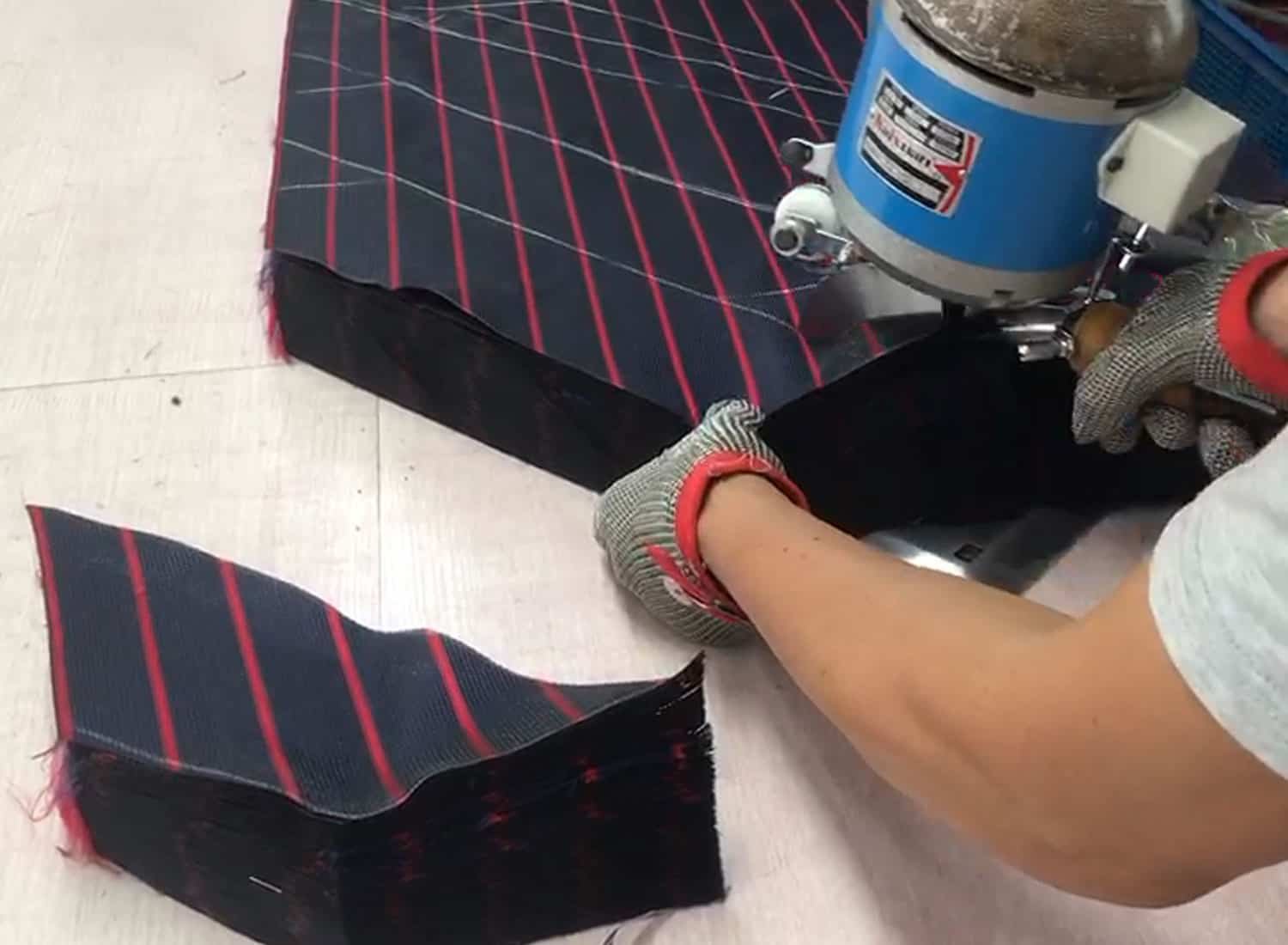
Cut the fabric into pieces for tie-making
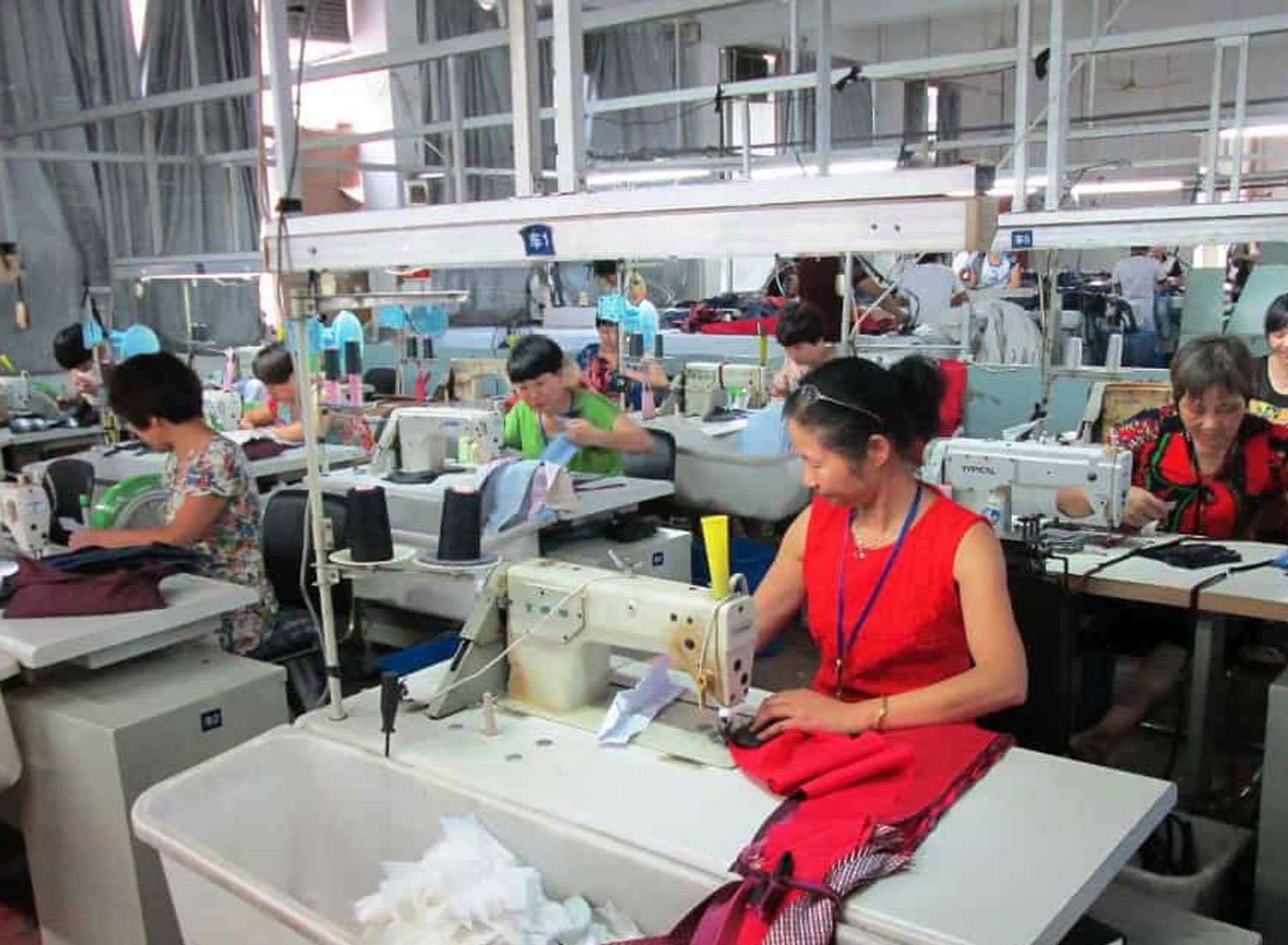
Sewing tie fabric pieces together
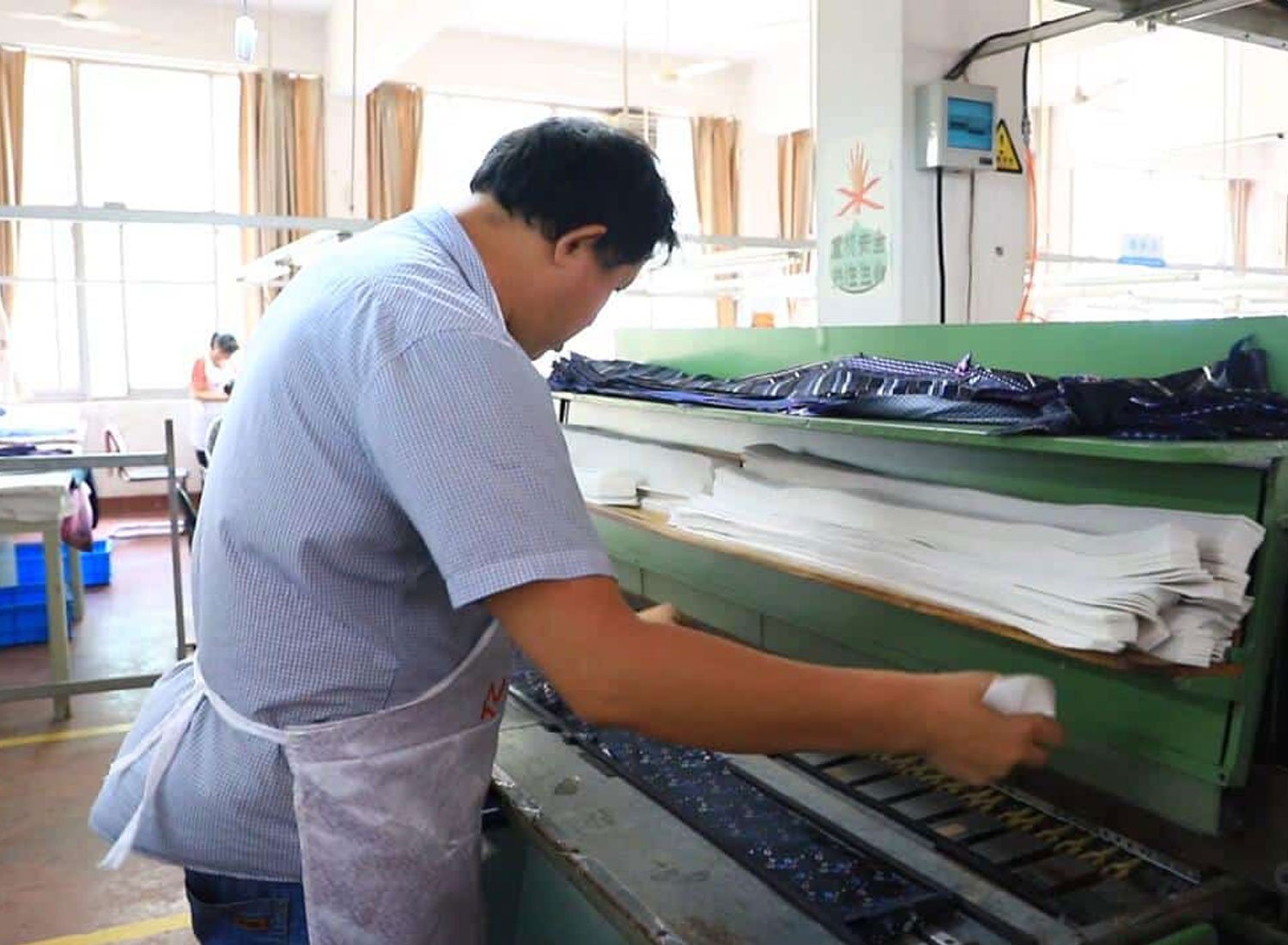
Adding lining to the tie
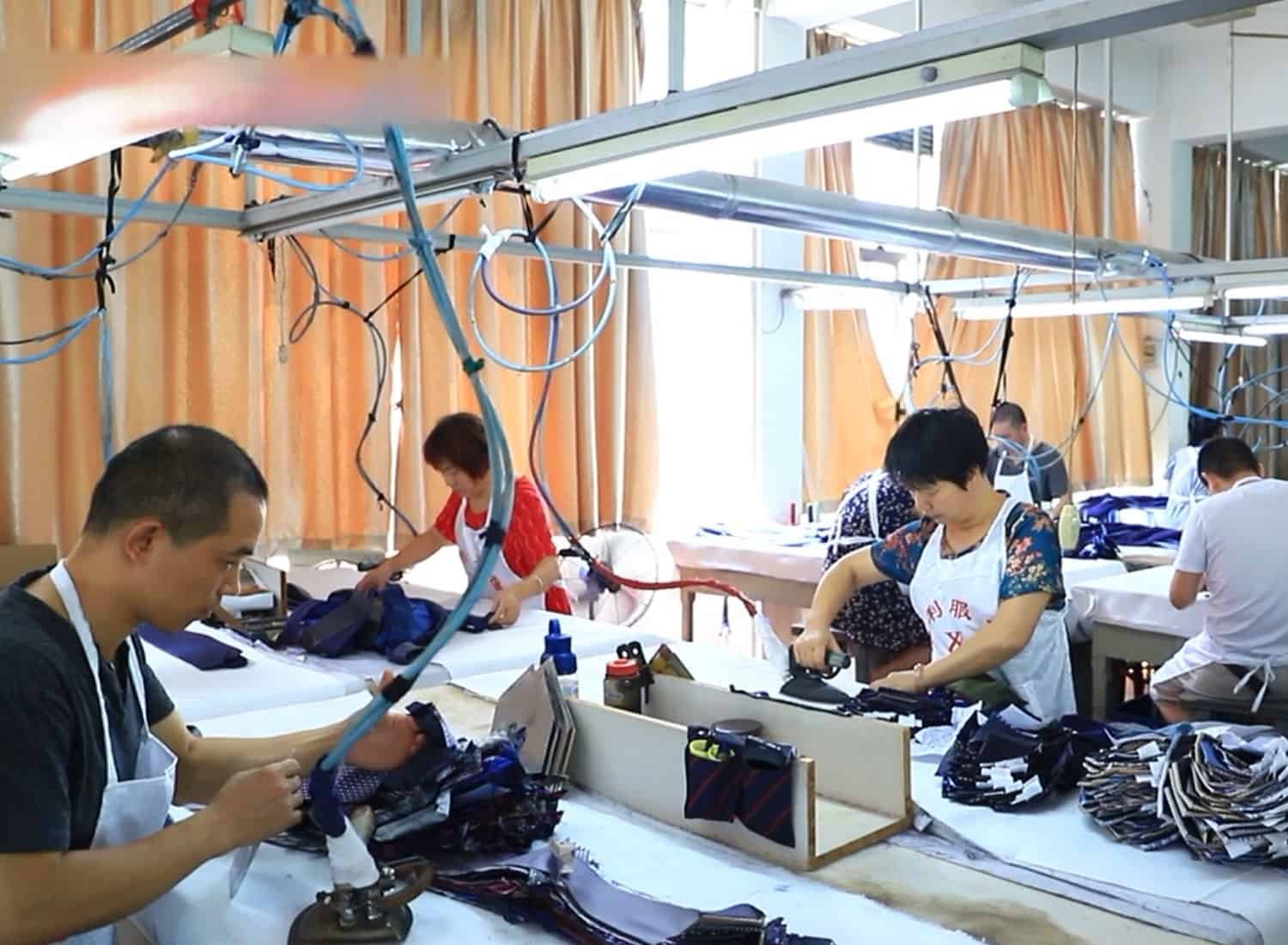
Ironing the tie to shape it
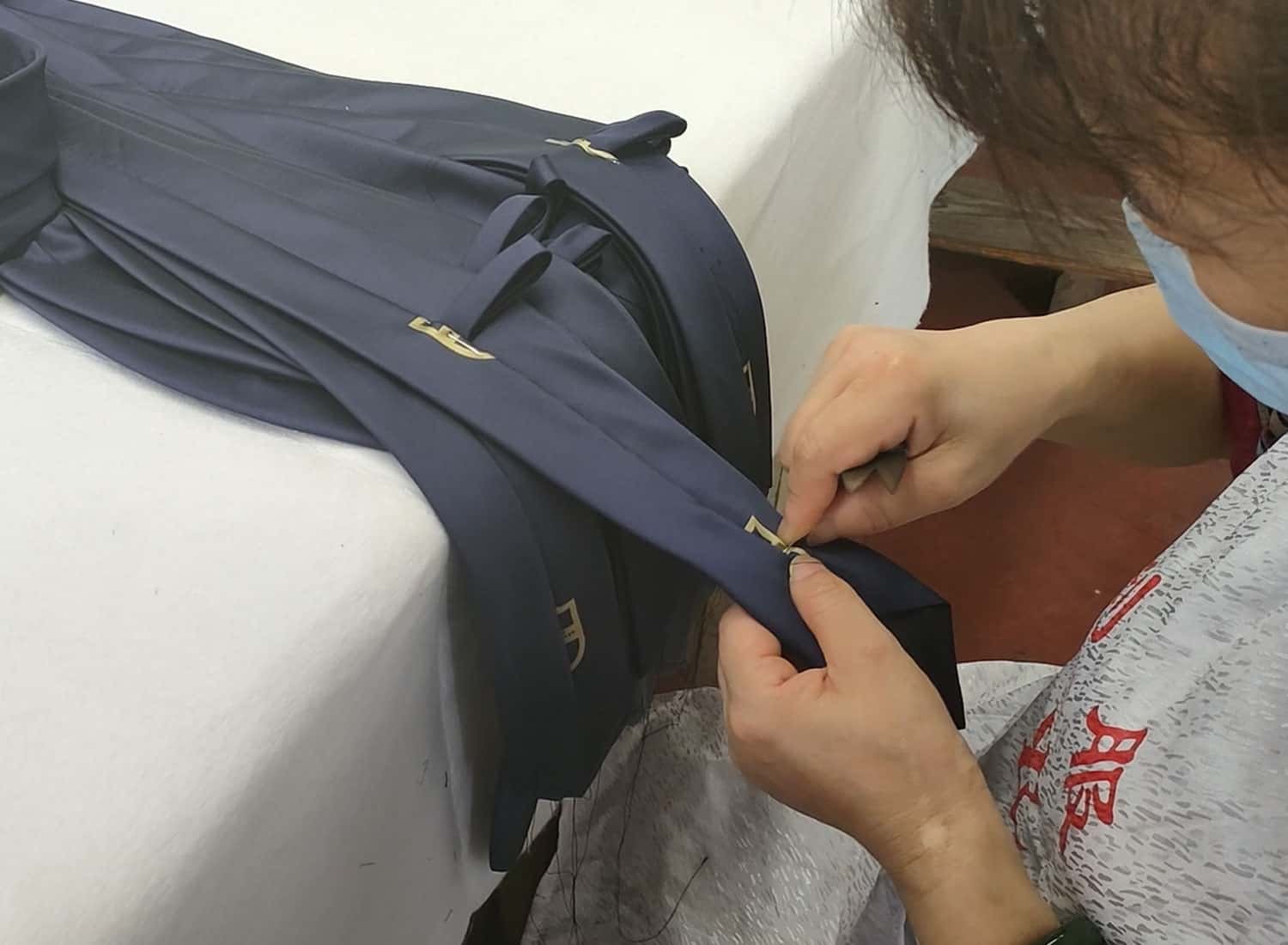
Sewing the big and small ends of the tie
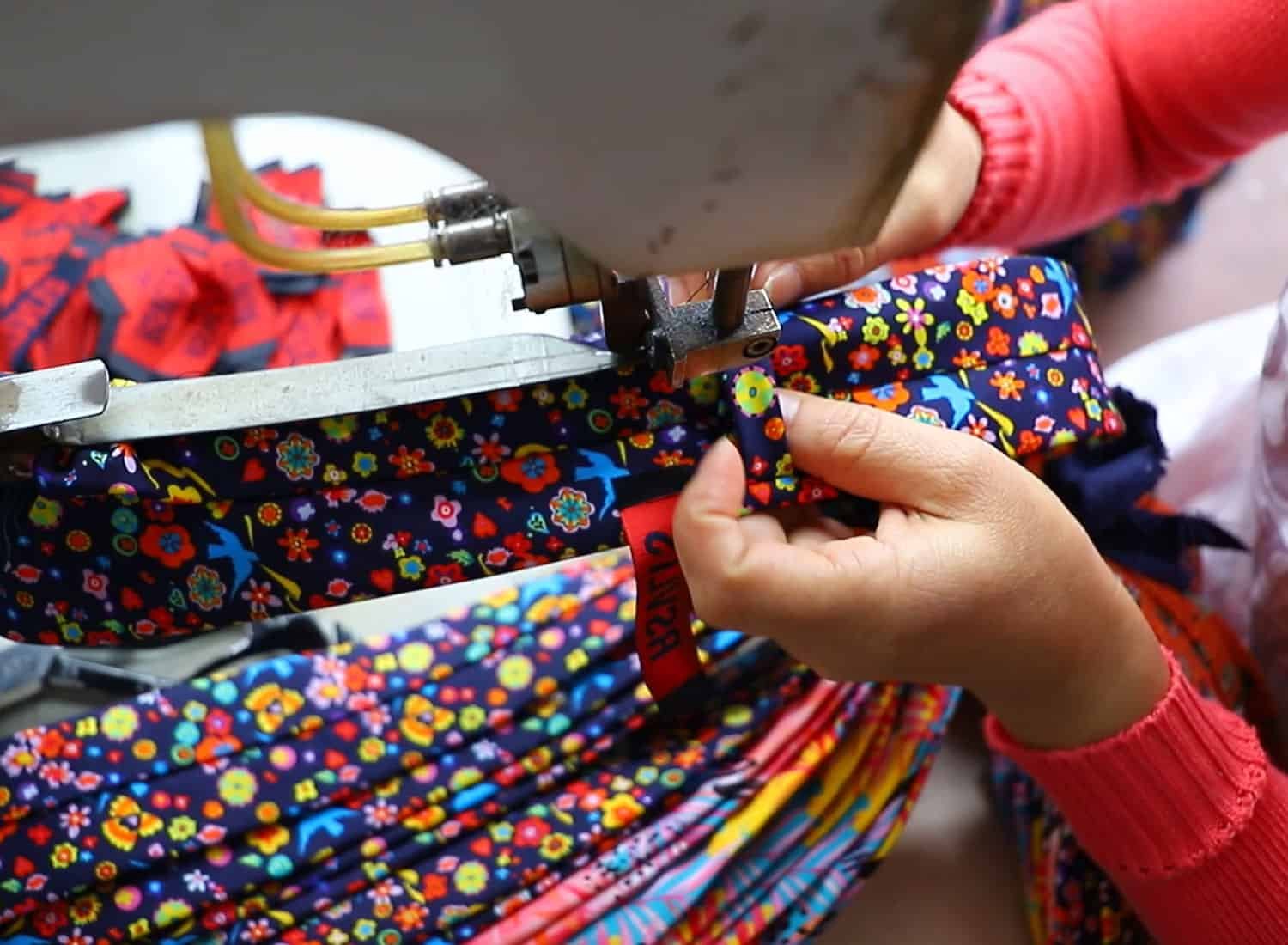
Sewing the tie care labels and tie logos
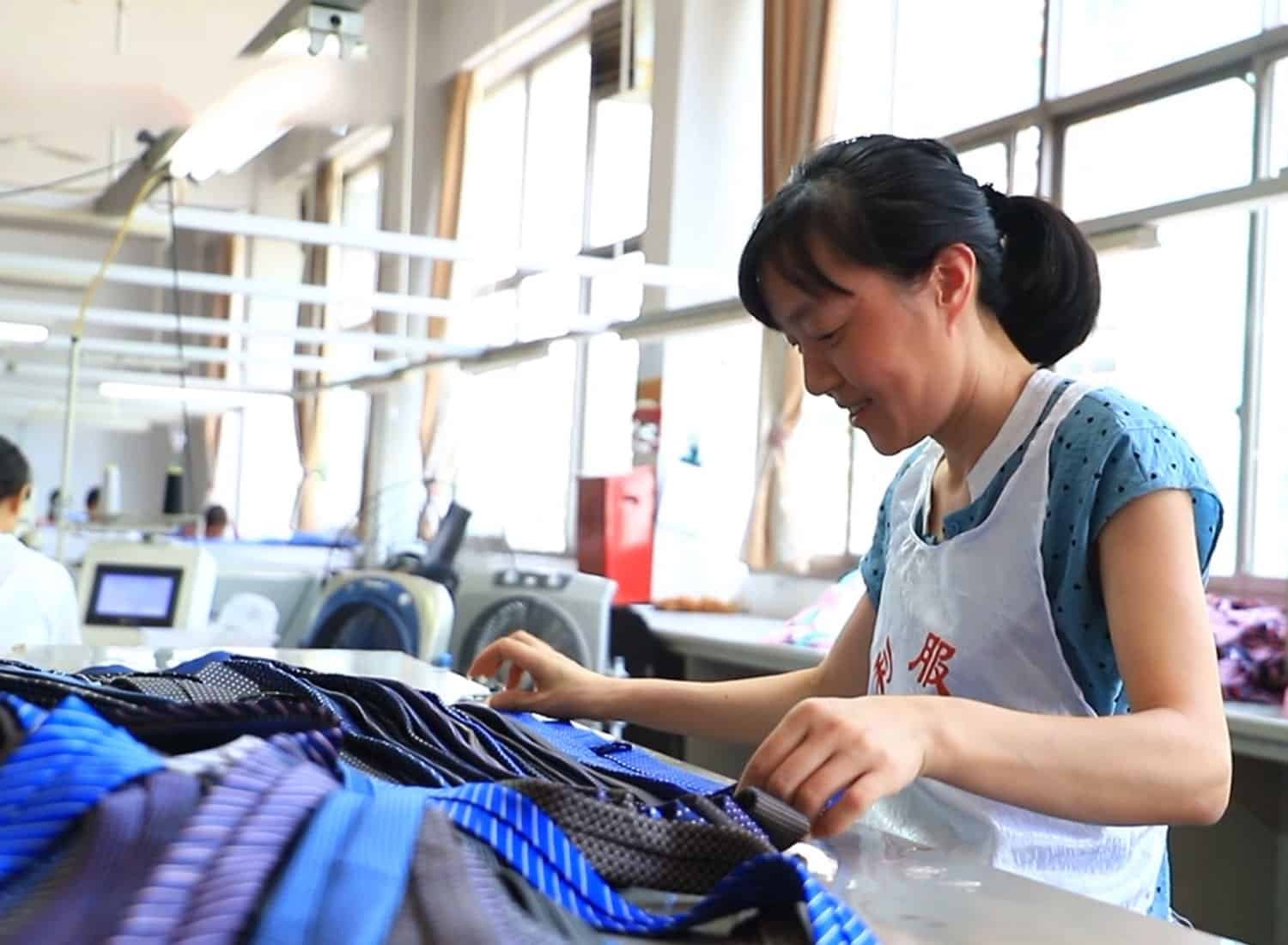
Product tie inspection to ensure tie quality
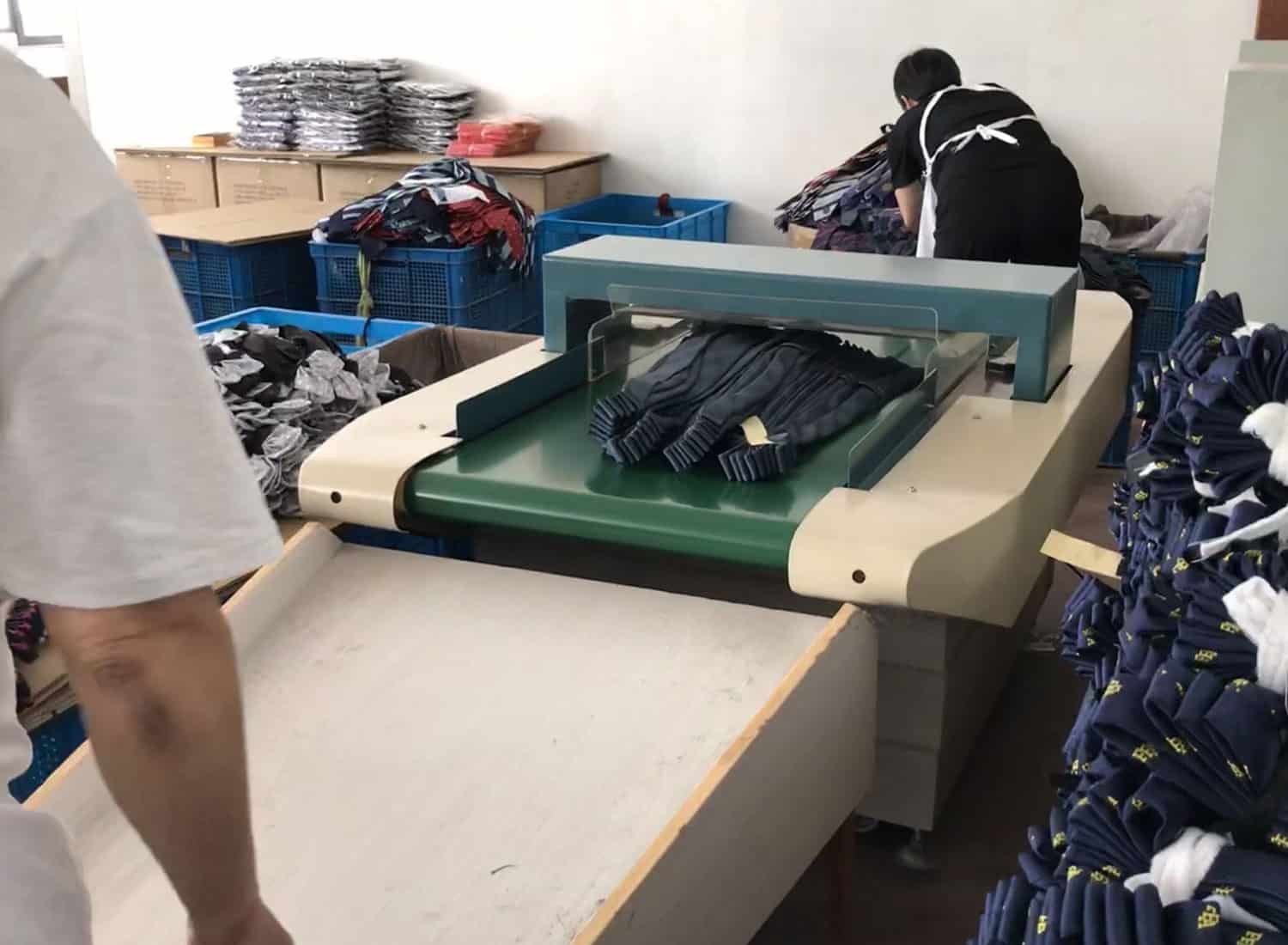
Prevent needle entrapment and ensure the safety of tie use
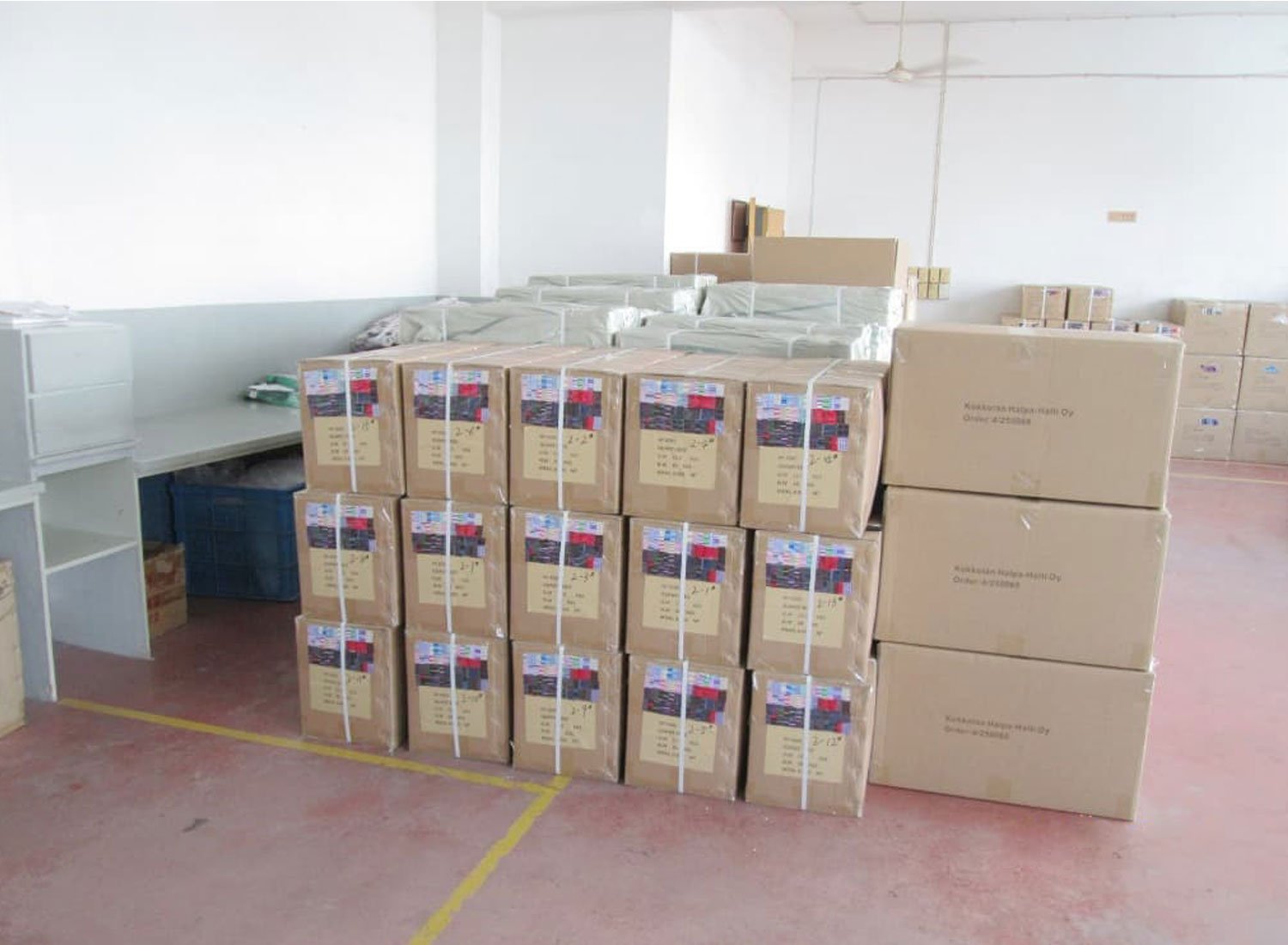
Quality packaging ensures transportation safety and reduces freight costs

Wendy is our company's experienced business personnel, known among our clients for her meticulous and diligent work ethic.

Fabric Cutter, a master of fabric cutting with vast experience. Known for high cutting efficiency and precision, ensures the quality of ties.

She is the most motivated sales, and through hard work and learning, risen from a merchandiser to a business backbone.

Finished Tie Inspector, she inspects every tie in detail, serving as our factory's secret weapon for quality assurance

Packaging Workshop Employee, responsible for boxing and packing finished products and counting the quantity of products in each carton.

Willing is a seasoned sales professional who has been with our company since graduating, marking a journey of 20 years together.
The tie fabric purchase cost is related to the material you use, pattern design, purchase quantity, etc. Usually, you can start with a small quantity, such as our polyester jacquard fabric MOQ is 30 meters per design.
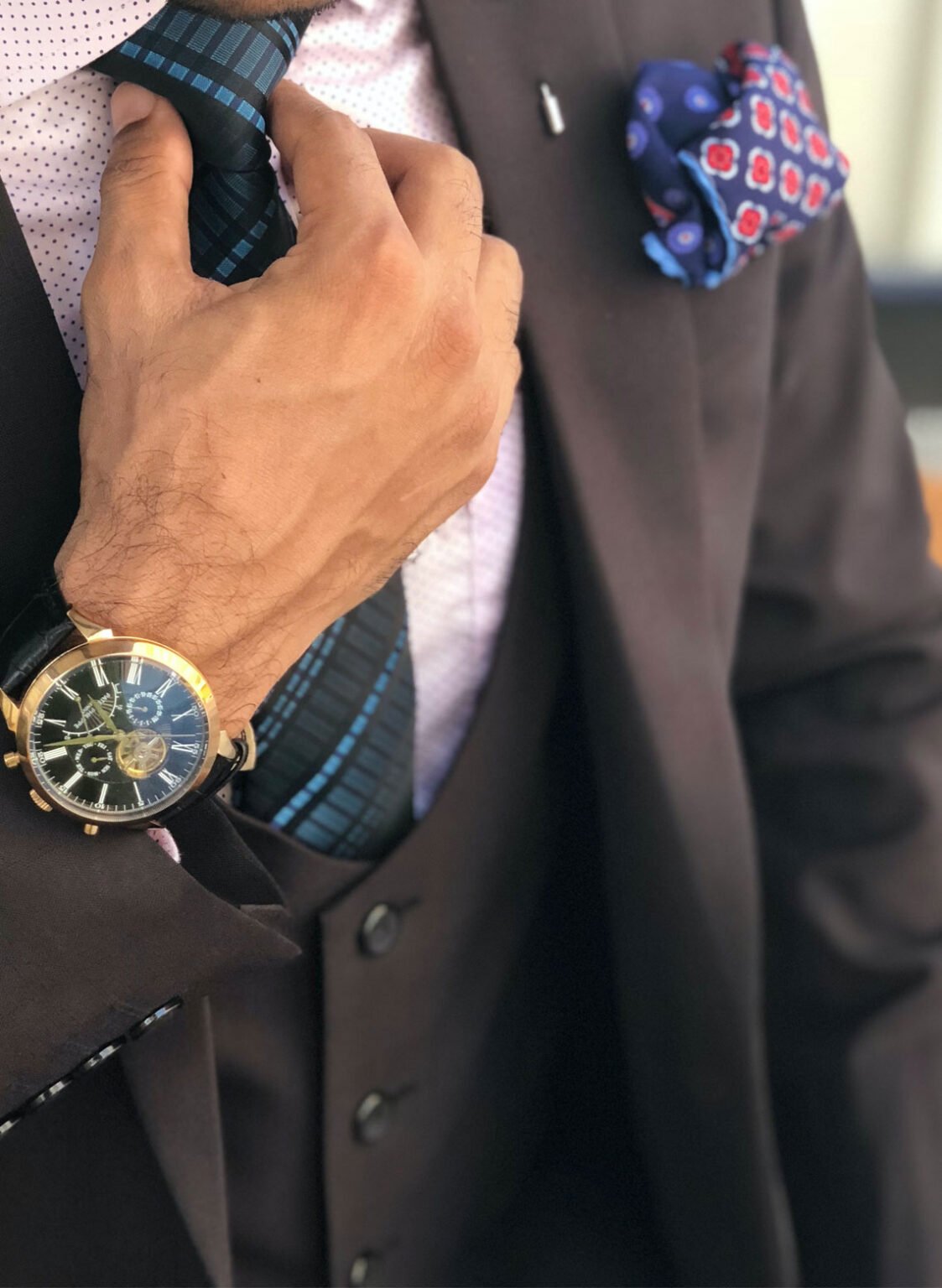
YILI is a source-to-end factory, capable of handling everything from fabric production to tie manufacturing. This vertical integration ensures product consistency and high quality.
Our self-reliance in fabric production, powered by in-house jacquard looms, offers unparalleled flexibility, agility, and stringent quality oversight during sample production.
Our self-reliance in fabric production, powered by in-house jacquard looms, offers unparalleled flexibility, agility, and stringent quality oversight during sample production.
Upholding certifications such as BSCI, ISO9001, and SMATE, and sourcing OEKO-TEX-certified yarn suppliers, underscores our commitment to sustainable production practices.
We cater to a diverse clientele, spanning brand owners, wholesalers, intermediaries, individual brands, and retail stores, with tailored solutions catering to the unique demands of each segment.
Our versatile team composition, including dedicated business, design, production, and e-commerce teams, enables efficient cross-functional collaboration and exceptional customer service.